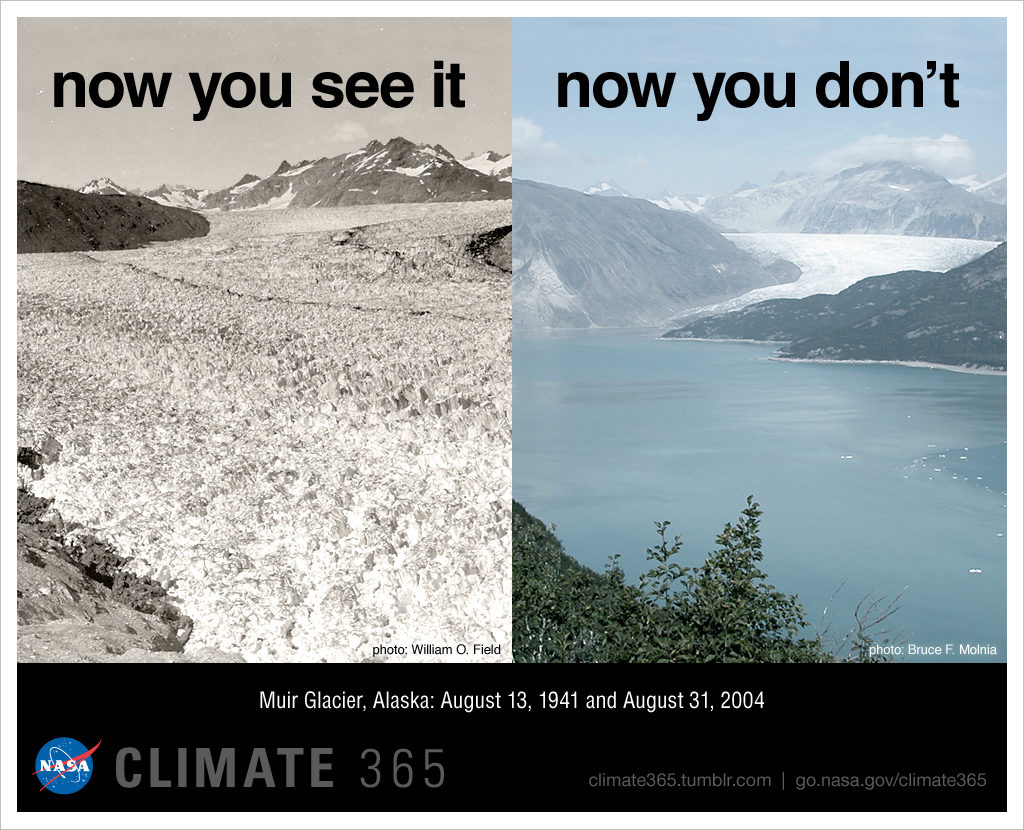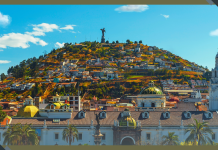Written by: Kimberly White
Often referred to as “the last frontier,” Alaska has become one of the first frontiers of climate change impacts.
Melting sea ice and permafrost are changing the landscape. The once snow-covered tundra has been hit twice as hard as anywhere else on earth. The town of Utqiagvik, formerly known as Barrow, is an example of that.
In an interview with the Fairbanks Daily News-Miner, biologist Craig George stated, “The term is no longer ‘climate change’ at Utqiagvik. It is ‘climate changed.’”
The northernmost town in Alaska, Utqiagvik has been experiencing extreme temperature change. From October through December 2017, the average temperature was 15.6 degrees Fahrenheit- 12.2 degrees above the average temperature and, at the time, the highest in the last one hundred years. The temperature change was so drastic that it was flagged as false by the algorithm at NOAA and removed by the system.
With less sea ice to reflect sunlight, temperatures can be expected to rise.
The November 2018 National Climate Assessment put a price tag on climate impacts in the state. According to the report, the cost to fix climate-impacted roads, airports, public buildings, etc. could be anywhere between $110-$270 million per year. Within 81 years, the cost to Alaska is estimated to be within $3.7 and $4.5 billion.
The changing climate is also hitting Alaska’s wildlife.

Throughout the state, snowpack is melting, causing glaciers to retreat. This leads to rivers and streams having less water, which makes it difficult for the salmon to travel upstream. In addition to an increasingly tricky journey, freshwater streams are warming and making salmon more susceptible to predators, parasites, and disease.

NASA Climate 365 project Photo credits: Photographed by William O. Field on Aug. 13, 1941 (left) and by Bruce F. Molnia on Aug. 31, 2004 (right). From the Glacier Photograph Collection. Boulder, Colorado USA: National Snow and Ice Data Center/World Data Center for Glaciology.
Salmon are a critical resource to the state’s people and wildlife who depend on salmon for subsistence and livelihood.
Cities, municipalities, and state government officials have been working rapidly on climate change plans.
In 2017, Alaska Governor Bill Walker issued an administrative order to establish an Alaskan Climate Change Strategy. The order also called for the development of a Climate Action for Alaska Leadership Team. The team was designed to identify climate change priorities and goals as well as advise on adaptation and mitigation.
The Climate Action for Alaska Leadership Team consisted of twenty-one Alaskans representing the oil and gas industry, science, tribal entities, and conservation.
This past September, Walker accepted the recommendations from the leadership team and announced some early actions the state could take to combat climate change.
The plan calls for more in-depth studies on the effects of climate change on Alaskan ecosystems.
The recommendations also include a 30% reduction of greenhouse gas emissions from the oil, gas, and mining industries and exploration of carbon pricing.







